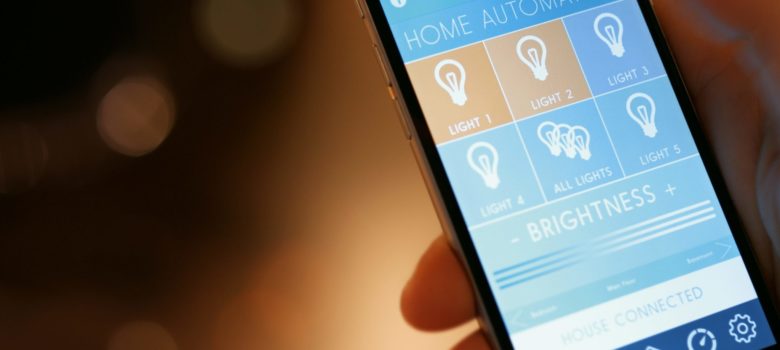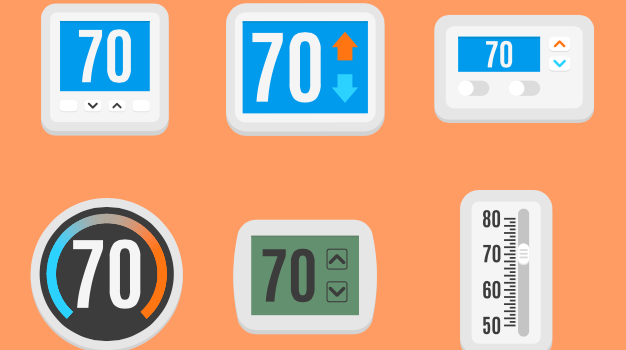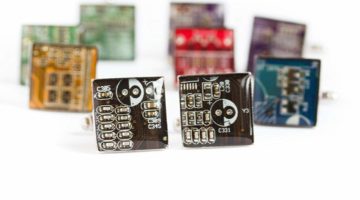
A term we see banded about online nowadays is ‘smart lighting’, but what exactly does it mean, and is it something we can all can take advantage of?
The age of LEDs
Over the past 10 years or so, lighting has been completely revolutionised. With homes and offices switching to LED, lighting costs have been slashed by 90% or so overnight in many cases. It means that lighting in a modern home or office is only a small fraction of the total energy cost of running the building, but there are plenty of things that can be done to improve the energy savings from lighting still further.
Lighting controls
Most homes will have the odd dimmer switch that they use to help control their lighting. For many years, older dimmer switches worked by adding resistance to the circuit, which meant that though the light was dimmer, it didn’t actually save you any money. Modern LED dimmers work by turning the light on or off very quickly – so fast that all you see is a dimming of the light. This in turn will save energy as the light is on less.

Homes can also make use of this technology – we see plenty of them installed in bathrooms and hallways.
Commercial Spaces and illuminance control
Perhaps a step too far for domestic properties, it is possible to have a lighting control system that can adjust the lighting levels relative to the level of daylight. Illuminance control is the ultimate way to help limit the energy used by lighting systems.
Of course, it is better to avoid artificial lighting all together if possible. For commercial spaces, we would encourage the use of roof lights and natural lighting wherever possible. Despite most offices having working hours and daylight hours overlapping, many still end up having their lights on all day. This is partly down to poor building design not making the most natural light, and also due to lighting controls and management of the building.
Light pipes
Another piece of technology that can be seen more often these days in both domestic and commercial properties is light pipes. These are tubes which go through the roof and into the room below, amplifying any natural light and spreading it into the room below. This can take a room with no windows or natural light of any kind and add enough light in day time to avoid the use of artificial lighting at all.
You can also now find light pipes with built in LED bulbs, which work by adding artificial light when the light pipe is not providing enough for the room.
Behaviours
LED lighting really has changed the amount of energy we use for lighting our homes, but it hasn’t really change the way we light our homes. As energy efficiency grow in importance, and all the easy wins like switching to LED are complete, the obvious place to look next is at the behaviours we exhibit around lighting. Leaving lights on at night for example, or closing the blinds to mask glare during the day only to turn the light on to be able to read. These sorts of things will come under the spotlight more, and we can either adapt our behaviours around lighting, or add evermore smart lighting technology to assist us in lowering our lighting energy demand. As with most things associated with human nature, getting someone to change their habits is much harder than getting them to change the tech around them. My bet is on smarter lighting technologies in the near future.
Think we missed something? Do you have a different opinion?
Comment below to get your voice heard…













No Comments yet! Be the first one.